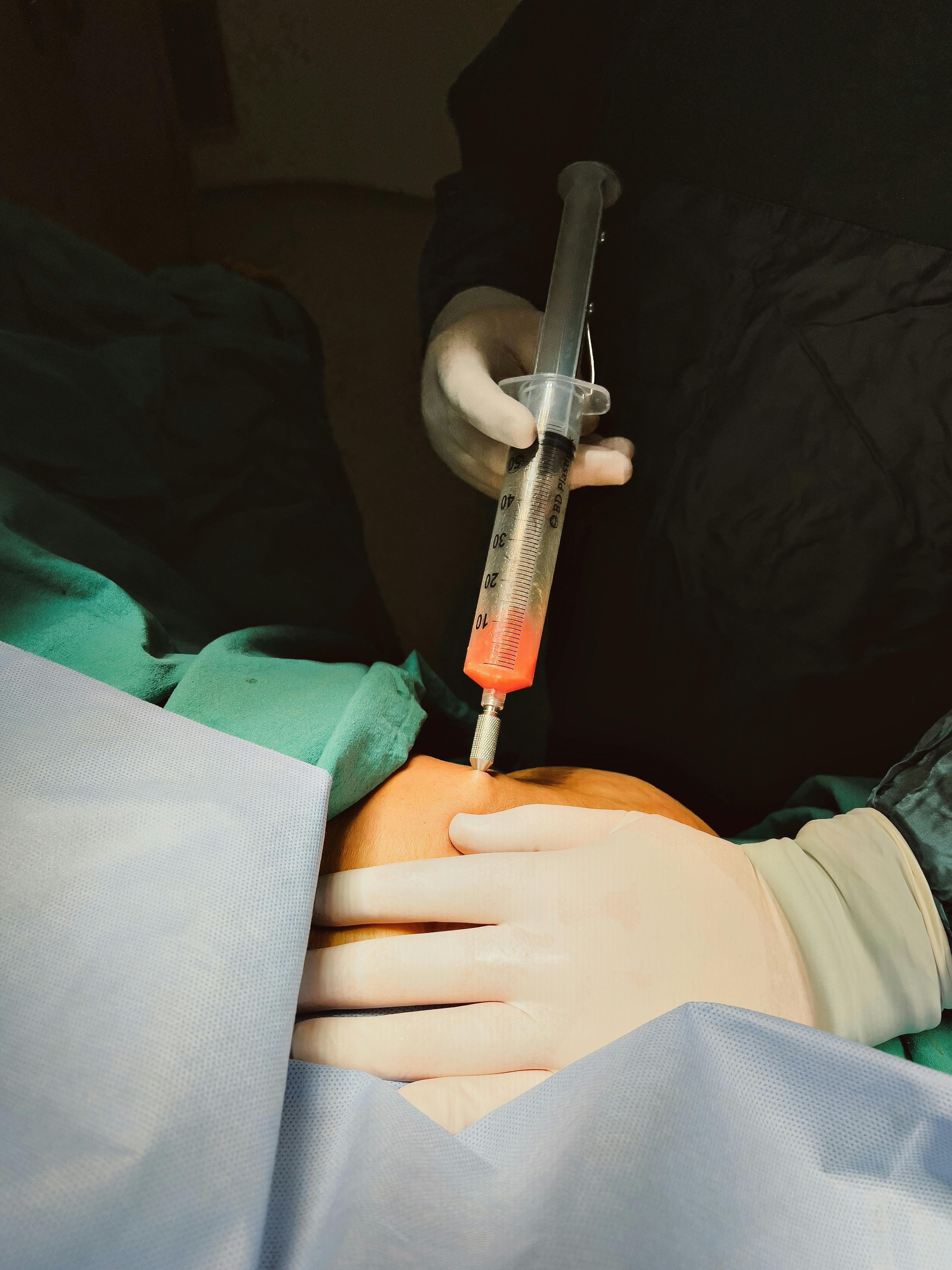Unmasking the Magic of Botox: From Medical Marvel to Beauty Essential
In the modern age of beauty and aesthetics, Botox has emerged as a popular and sought-after treatment. Hailed as a quick, non-surgical solution for age lines and wrinkles, it has become a staple in the beauty regimens of many. However, Botox's journey from a medical marvel to a beauty essential is laden with numerous developments, scientific breakthroughs, and societal acceptance. This article delves into the fascinating history of Botox, its current relevance, the trends it has set, and the impact it has had on society and the beauty industry.

Botox: A Historical Overview
Botox, or botulinum toxin, was first discovered in the 19th century by Belgian scientist Emile Pierre van Ermengem. Initially associated with food poisoning, it was only in the mid-20th century that medical scientists began to recognize its potential therapeutic uses. In 1989, the FDA approved Botox for treating conditions like strabismus (crossed eyes) and blepharospasm (uncontrolled blinking). However, during these treatments, doctors noticed an interesting side effect: the smoothing of wrinkles around the eyes. This led to a paradigm shift in the way Botox was perceived, and its cosmetic applications started being explored.
The Ascendancy of Botox in Beauty
The 21st century heralded a new era for Botox. In 2002, it received FDA approval for cosmetic use, specifically for the temporary improvement of moderate to severe frown lines between the eyebrows. The non-invasive nature of Botox, coupled with its immediate results, made it a hit in the beauty industry. It was seen as a safer, less expensive alternative to surgical procedures. Its popularity soared, and it quickly became a staple in cosmetic dermatology.
Current Relevance and Trends
Today, Botox is synonymous with non-surgical anti-aging treatments. It is used for a plethora of cosmetic procedures, from smoothing forehead lines to treating hyperhidrosis (excessive sweating). There has also been a recent trend of ‘preventative Botox’, where younger individuals in their 20s start getting Botox injections to prevent the formation of wrinkles. Moreover, it has transcended gender boundaries, with an increasing number of men opting for Botox treatments.
The Societal Impact and Reception of Botox
Botox has been instrumental in changing societal perceptions of aging. It has given individuals control over their aging process, enabling them to look as young as they feel. However, it has also sparked debates on the pressures to maintain a youthful appearance and the potential risks of cosmetic procedures. Nevertheless, the acceptance and popularity of Botox seem to be on an upward trajectory, with a growing number of individuals embracing it as part of their beauty routines.
Unique Insights into Botox
While Botox is primarily known for its cosmetic applications, it continues to be used for numerous medical conditions. For instance, it is used to treat migraines, certain eye disorders, and muscle spasms. This dual functionality of Botox makes it a unique product in the medical and beauty industries.
In conclusion, the journey of Botox from a medical marvel to a beauty essential is a testament to the innovative spirit of scientists and the ever-evolving nature of the beauty industry. It has not only revolutionized anti-aging treatments but also challenged societal norms, proving that beauty indeed comes in many forms. As we continue to explore the potential of Botox, one thing is certain: its impact on the world of beauty is undeniable.




